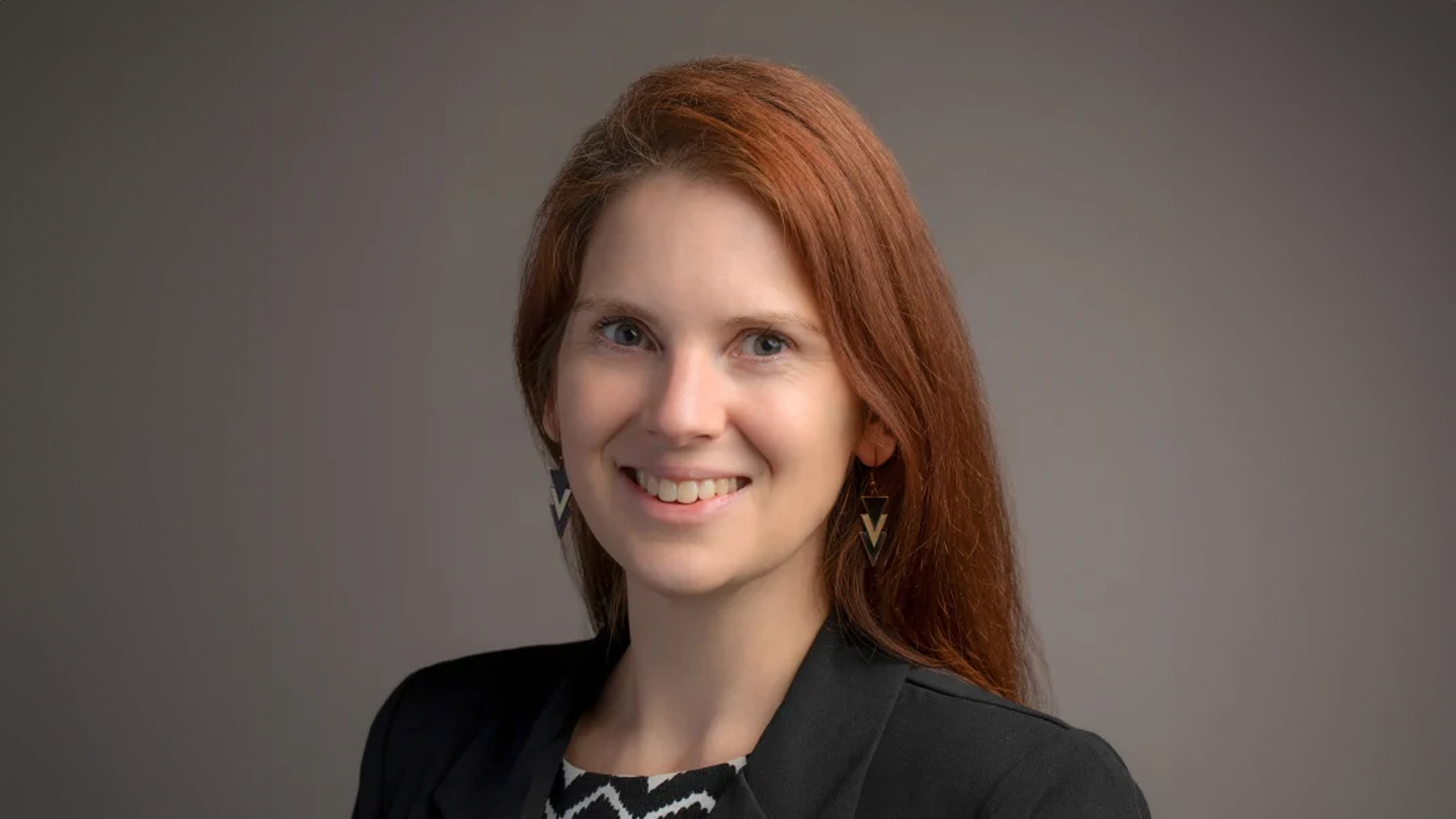
How CRISPR provides a unique opportunity to generate rare disease avatars
14 May 2023
A single rare disease only affects a small proportion of a population. However, with more than 6,000 conditions classified as such, it is estimated that more than 300 million people are affected worldwide. As 70% of these conditions have a genetic origin, many researchers are looking to gene editing to streamline our study and treatment of these diseases. In this video, Dr. Sergio Casas-Tintó, Head of Drosophilia Models, Human Disease Unit, Instituto de Salud Carlos III (ISCIII), shares his work using advanced gene editing technology to generate rare disease avatars with identical genetic mutations to those found in patients.





